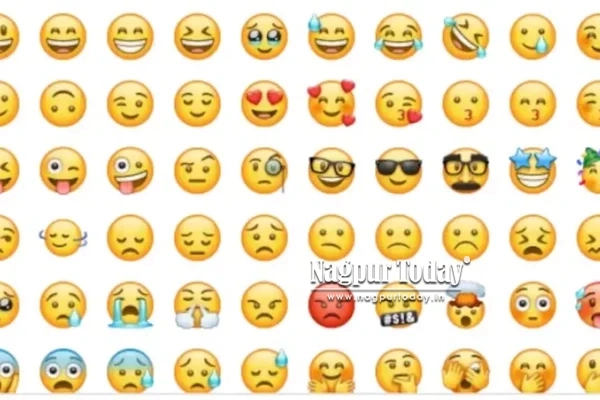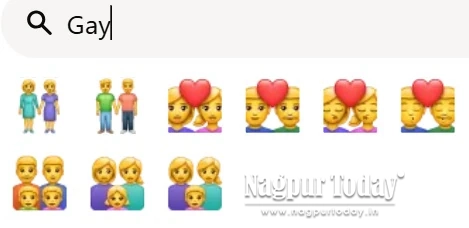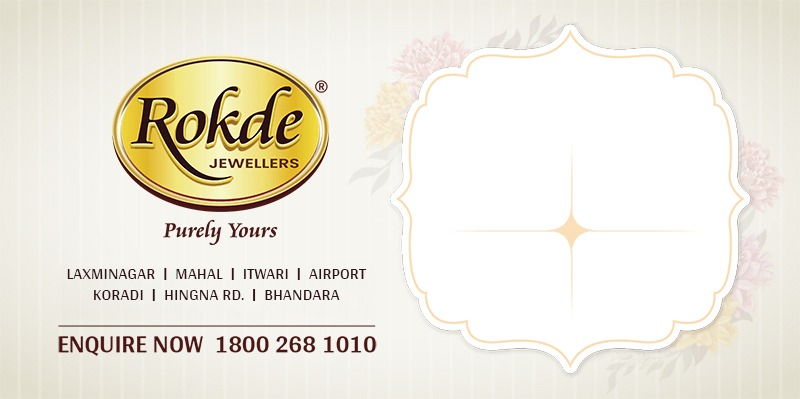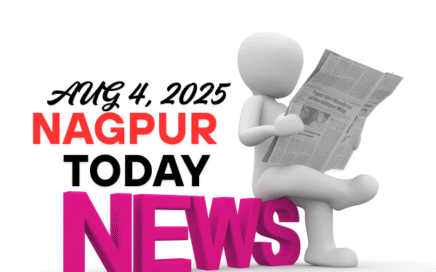
However, as emoji libraries expand, many users unknowingly use symbols that carry specific meanings—particularly those related to sexual orientation, such as emojis representing gay and lesbian identities.
Emojis Are Evolving with LGBTQ+ Inclusivity
Modern messaging apps like WhatsApp, Facebook Messenger, and others have introduced emojis that represent same-sex couples, families, and affection. These updates aim to support inclusivity and diversity in communication. But the growing variety of emojis also brings confusion for users who are unaware of their true meanings.
What Do Gay and Lesbian Emojis Look Like?

- Two women standing close together
- A heart symbol between two female characters
- Two women with a child or children
These visuals represent romantic or familial relationships between women and are often used by or about lesbian individuals.

- Two men together
- A heart between two male characters
- Two men with a child or children
These emojis symbolize affection or relationships between men and are used to express gay identity.
Why This Awareness Matters
Using these emojis in the wrong context—especially without understanding their meaning—can lead to confusion or misinterpretation. While there’s absolutely nothing wrong with using LGBTQ+ inclusive emojis, it’s important to know what they represent, especially when communicating professionally or with unfamiliar contacts.

Bottom Line: Emojis are more than just fun—they carry meaning. In today’s socially aware world, knowing what each emoji stands for helps ensure your message is both respectful and accurate.















